Open-source online tools to visualise and explore complex functions
with domain colouring 🌈
Juan Carlos Ponce Campuzano

- What is domain colouring?
- How can it be implemented in the computer?
- How can we use it to explore complex functions?
- Open-source online tools
Complex functions
f:\mathbb C \rightarrow \mathbb C
live in a 4-dimensional space
🤔
Methods to visualize complex functions
- Domain colouring
- Real and Imaginary components
- Analytic Landscapes
- Mappings
😃
Domain colouring
- Assign a colour to every point in the complex plane.
- Colour the domain of \(f\) by painting the location \(z\) with the colour determined by the value \(f(z)\).
The colour wheel
- H = Phase
-
S = 1
- B = 1
Hue , Saturation & Brightness
(HSB)

Implementation in the computer
- Phase portraits
- Enhanced Phase portraits
Domain colouring
Basic Examples
Phase portraits
Phase portrait
f(z)=z\\
[-2,2] \times [-2,2]

Phase portrait
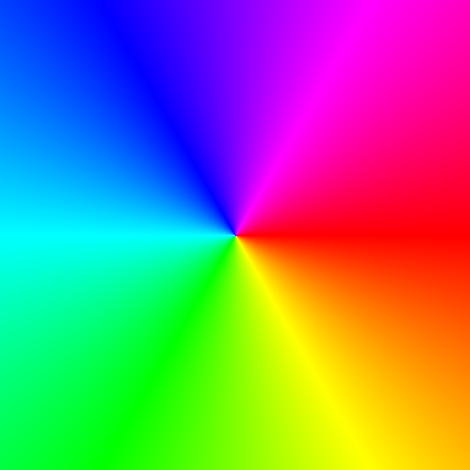
f(z)=\dfrac{1}{z}\\
[-2,2] \times [-2,2]
Phase portrait
f(z)=\dfrac{z-1}{z^2+z+1}\\
[-2,2] \times [-2,2]
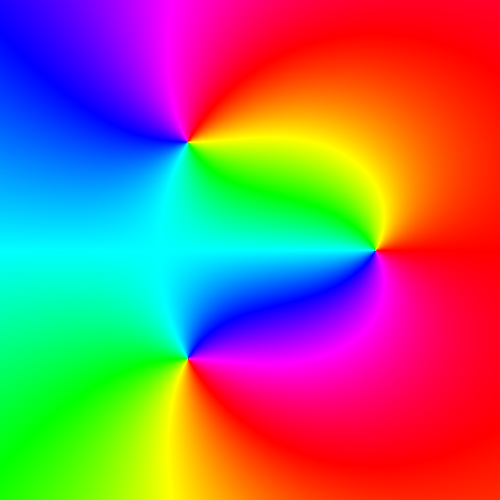
Enhanced phase portraits
- H = Phase
-
S = 1
- B = \(\log\big|f\big|- \lfloor \log |f| \rfloor\)
Elias Wegert's work from 2012
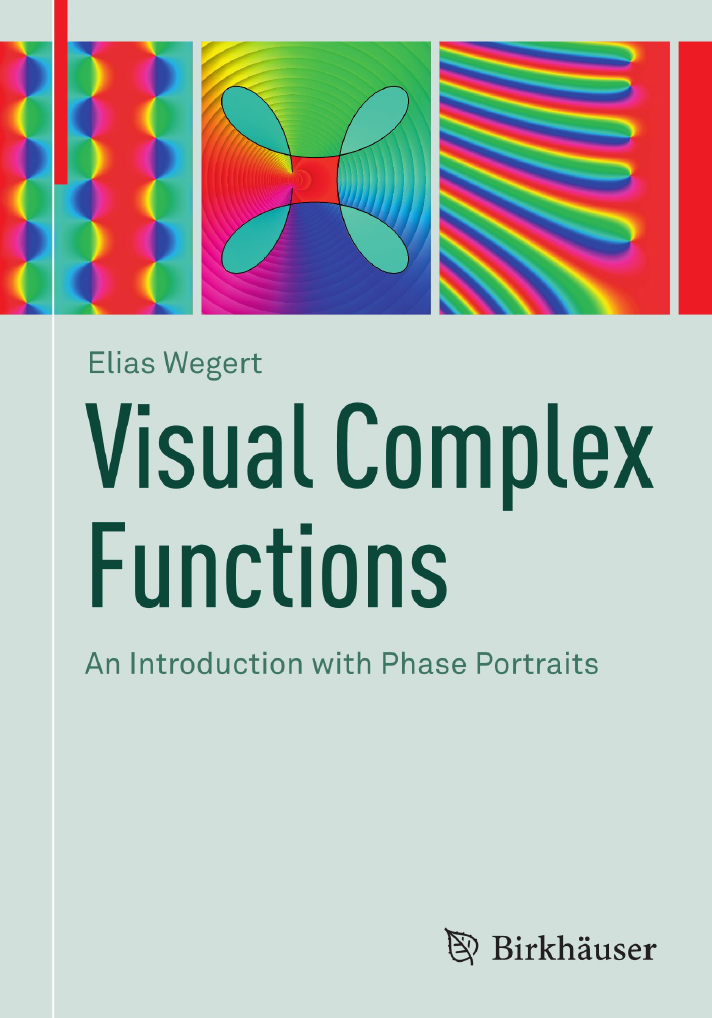
=\text{Phase}-\lfloor \text{Phase} \rfloor
Enhanced phase portraits: Level curves

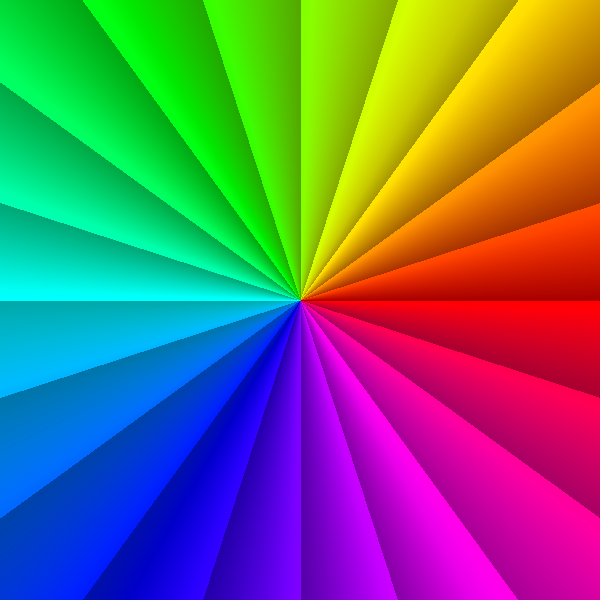
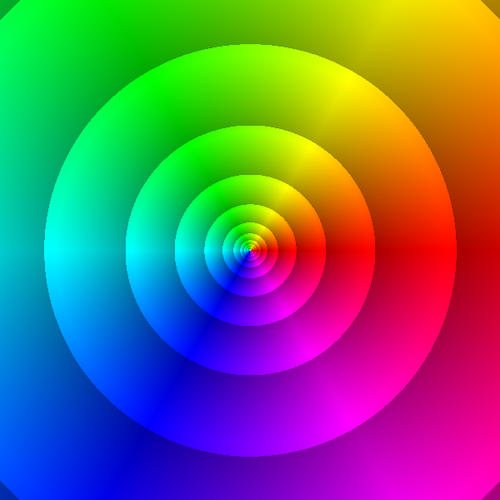
f(z)=z
Phase
Modulus
Enhanced phase portraits: Level curves
f(z)=z
Phase
Modulus


Combined
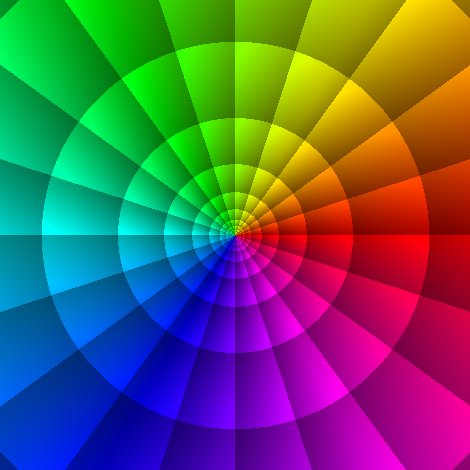
Enhanced phase portraits: Modulus
f(z)=z
f(z)=1/z
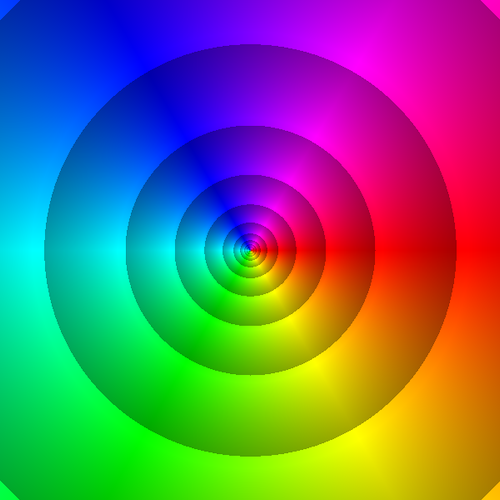

Enhanced phase portraits:
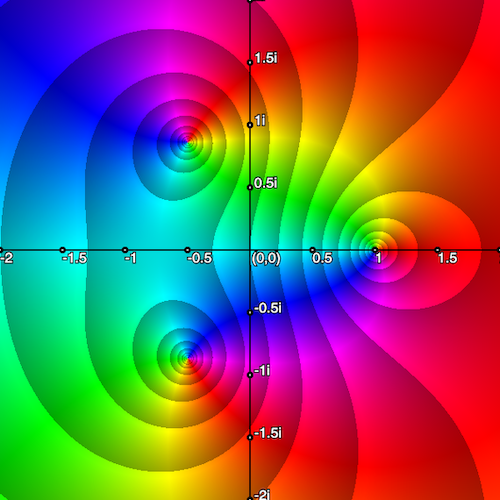

\(f(z)=\dfrac{z-1}{z^2+z+1}\)

Online tools
Thank you!
Online resources:
https://www.dynamicmath.xyz/domain-coloring/
Contact:
j.ponce@uq.edu.au
Slides: reveal.js